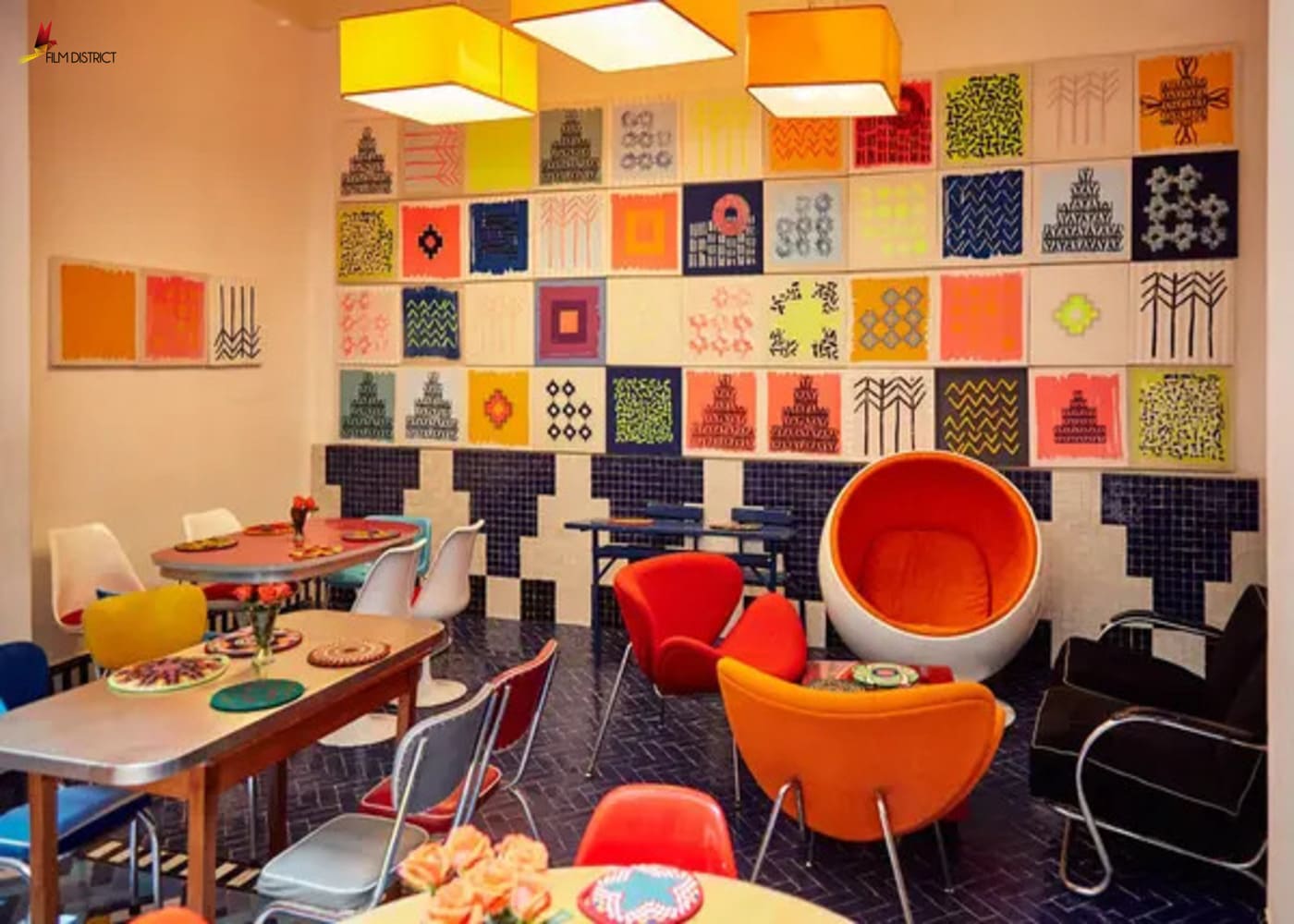When it comes to filmmaking, every aspect plays a crucial role in creating a believable and immersive experience for the audience. Among these elements, set design stands out as a cornerstone of cinematic storytelling. Whether it's a sprawling cityscape, a quaint countryside cottage, or a futuristic space station, the design of the film's sets significantly impacts the viewer's perception of the story and characters. Realistic set design, in particular, holds immense importance in transporting audiences into the world being depicted on screen.
Authenticity in Narrative
Realistic set design serves as a linchpin for narrative authenticity. Just as costumes and dialogue flesh out characters, the environment they inhabit adds depth and context to their stories. Meticulously crafted sets provide a tangible backdrop that transports audiences into the world of the film, making the narrative more believable and compelling. For instance, in a drama based in a bar or family home, an accurately built set with details like table stools can enrich the storytelling experience by immersing viewers in the authenticity of the setting.
Emotional Resonance
The authenticity of the set design enhances emotional resonance between the audience and the characters. A well-designed set can reflect the characters' inner worlds, their struggles, aspirations, and relationships. Whether it's a cluttered apartment symbolizing a character's inner turmoil or a serene landscape mirroring their state of mind, realistic set design deepens the audience's connection to the story, fostering empathy and emotional investment in the characters' journeys.
World-Building and Immersion
Realistic set design is instrumental in world-building and immersion, particularly in genres like science fiction and fantasy. By creating visually captivating and believable environments, filmmakers transport audiences to fantastical realms and futuristic landscapes, inviting them to suspend their disbelief and explore new worlds. Whether it's the intricate interiors of a spaceship or the sprawling vistas of an alien planet, well-crafted sets captivate the imagination, drawing viewers into the rich tapestry of the film's universe.
Practical Considerations
Beyond its narrative and emotional implications, realistic set design also serves practical purposes in filmmaking. A meticulously crafted set provides actors and crew members with a tangible space in which to work, enhancing performances and streamlining production logistics. By creating functional and visually appealing sets, filmmakers can execute complex shots and sequences with greater efficiency and precision, enhancing the overall quality and coherence of the film.
Symbolism and Subtext
Realistic set design can also function as a storytelling tool, conveying symbolism and subtext that enrich the narrative. Every prop, piece of furniture, and architectural detail within a set can carry meaning, offering insights into characters' motivations, relationships, and the thematic underpinnings of the story. By leveraging the visual language of set design, filmmakers can communicate subtle nuances and themes, deepening the audience's understanding and appreciation of the film's narrative and characters.
In essence, realistic set design is not merely a backdrop but a fundamental component of cinematic storytelling. From enhancing narrative authenticity and emotional resonance to facilitating world-building and immersive storytelling, well-crafted sets play a vital role in shaping the cinematic experience. By creating environments that feel authentic, immersive, and visually captivating, filmmakers can transport audiences to new worlds, evoke powerful emotions, and bring their stories to life in ways that resonate long after the credits roll.







